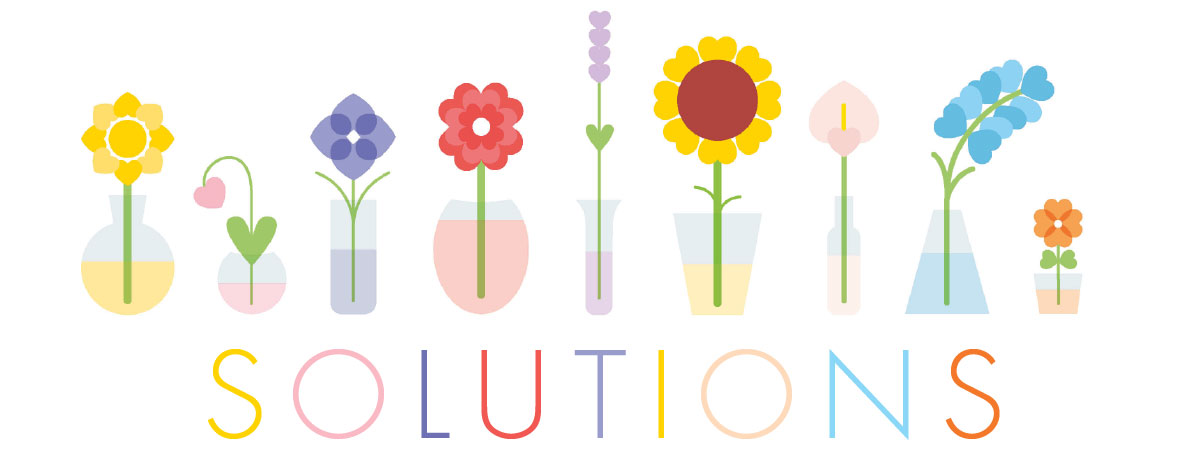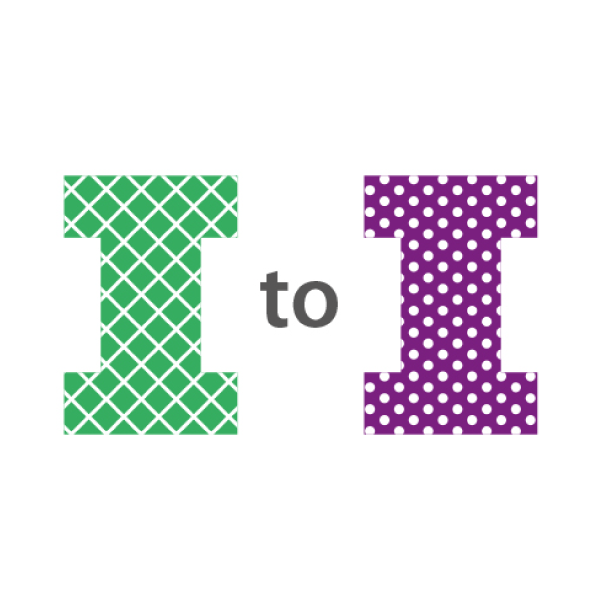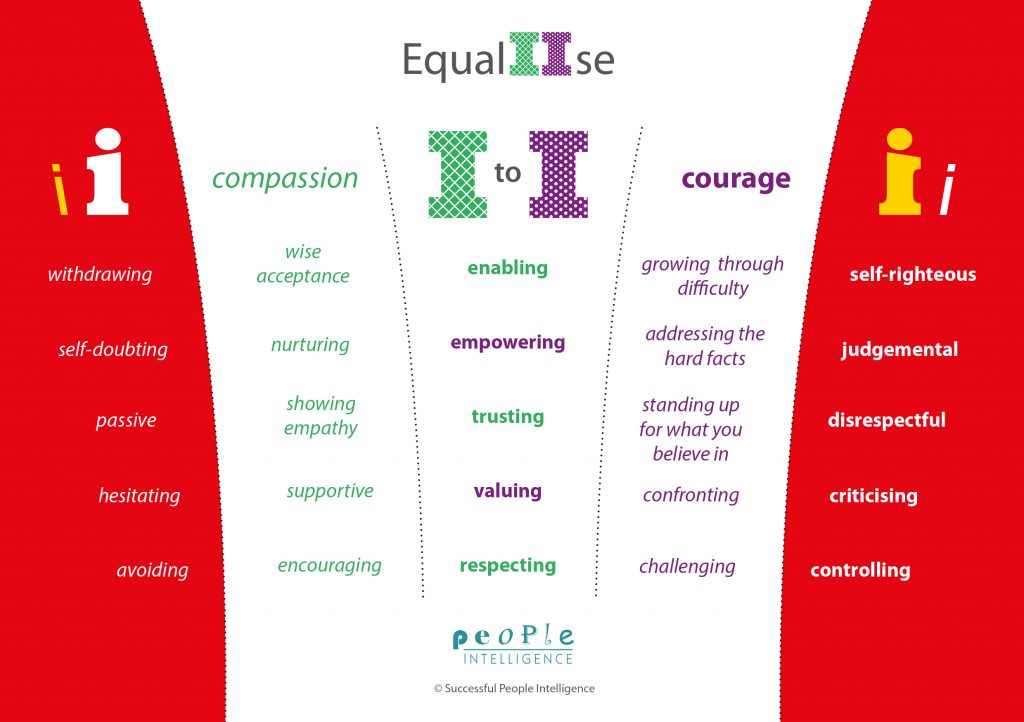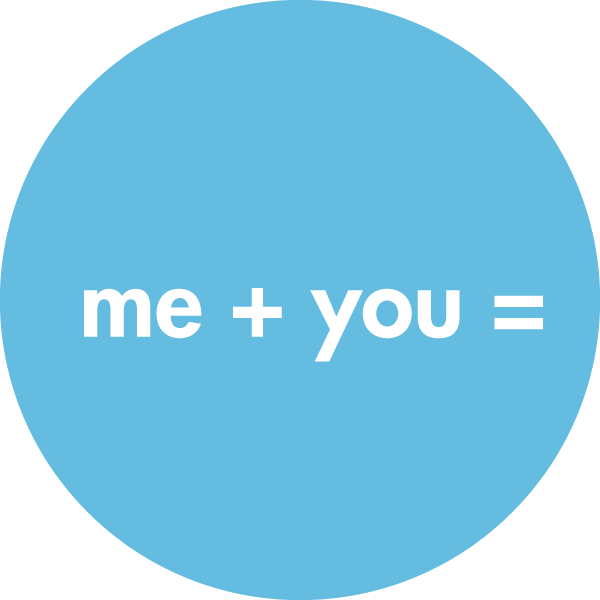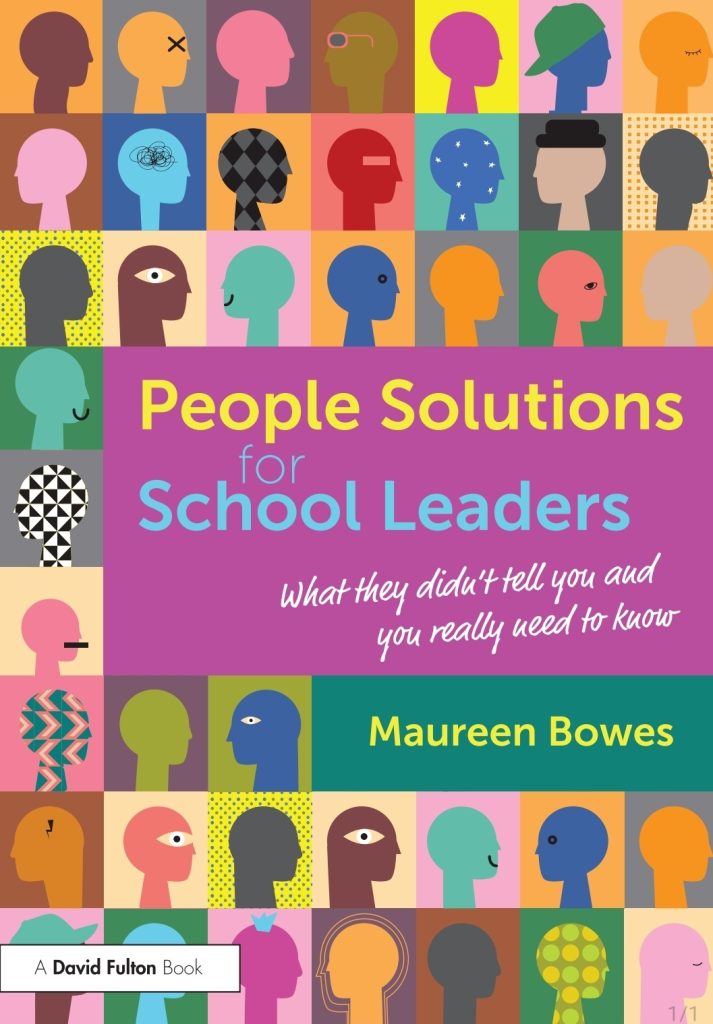Principles for nurturing your integrity
- You’re judged on your performance; your livelihood and reputation depend on this.
- You don’t pick the people you work with and they affect your performance.
- You have to get along with the people around you to get results.
- There are times when you have to do things you don’t want to as part of your job.
- You have to wield authority and / or bend to others’ authority.
- You have to work to standards that others set and deal with their critical feedback.
I believe that respect for yourself and for others is the fundamental requirement for successful relationships at work. Maintaining this two-way respect takes persistent effort and in my experience, it’s best seen, and developed, as a habit rather than something you draw upon at certain key times. Solutions is really about making these habits of respect the norm throughout all the challenges listed above. With Solutions, I offer you all my experience of how to do this via four fundamental approaches.
1. Equal II se
Maintaining respectful relationships, particularly when you’re teetering on the edge of vulnerability.
2. Emotionally intelligent behaviour
Managing your own emotions, and managing of others’s emotions, especially when things are uncomfortable for you and / or those around you.
3. A coaching approach
Keeping an open, and questioning, mind to discover the solutions within — vital at those pivotal moments.
4. Adapting to others
Reflecting, in your words and actions, that others are different from you — so moving beyond, and extending your own, narrower viewpoint.
